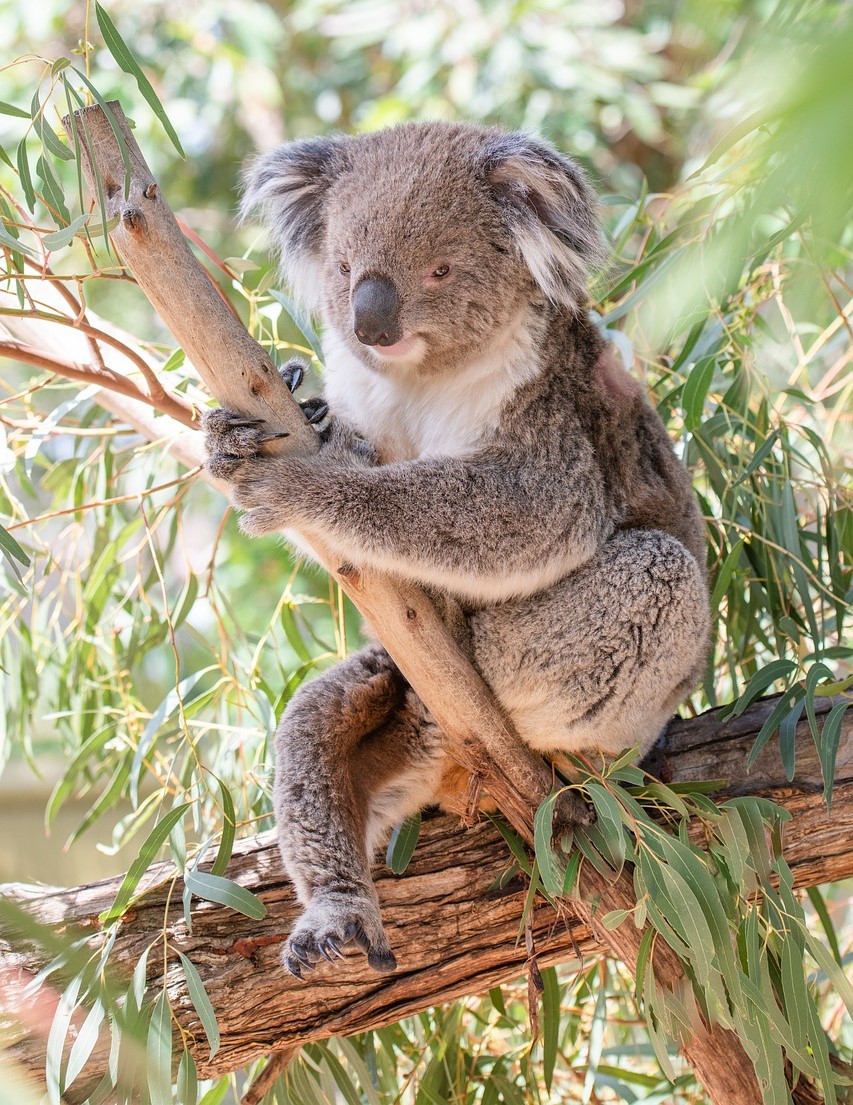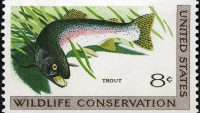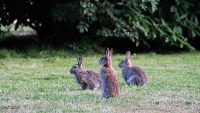Australia is renowned for its unique and diverse wildlife, boasting a wealth of endemic species found nowhere else on Earth. From iconic marsupials like kangaroos, koalas, and wombats to elusive monotremes like the platypus and echidna, Australia’s wildlife captivates the imagination with its extraordinary adaptations and evolutionary history. The continent’s isolation from other landmasses for millions of years has contributed to the evolution of a distinct array of plants and animals, making Australia a biodiversity hotspot of global significance.
Australia’s diverse landscapes, ranging from ancient rainforests to arid deserts, provide habitats for an astonishing variety of wildlife. The country’s coastal regions are home to a rich marine ecosystem teeming with marine mammals, sea turtles, and colorful coral reefs, while its inland areas harbor unique desert-adapted species such as bilbies, thorny devils, and desert kangaroos. Australia’s rivers, wetlands, and forests support an abundance of birdlife, including parrots, cockatoos, emus, and a myriad of waterfowl species.
Despite its wealth of biodiversity, Australia’s wildlife faces numerous threats, including habitat loss, invasive species, climate change, pollution, and human-wildlife conflict. The continent has one of the highest rates of mammal extinction in the world, with many species endangered or critically endangered due to these pressures. Conservation efforts in Australia aim to address these threats through measures such as habitat protection, species recovery programs, invasive species control, and community-based conservation initiatives, working to ensure that Australia’s unique wildlife heritage is preserved for future generations to cherish and protect.

Do you want to know more about wildlife in Australia? Here are 10 interesting facts about wildlife in Australia to know more about it.
- Unique Marsupials : Australia is home to a remarkable diversity of marsupials, including iconic species such as kangaroos, koalas, wallabies, wombats, and possums. These mammals give birth to underdeveloped young, which then continue to develop in a pouch on the mother’s abdomen.
- Monotremes : Australia is one of the only places in the world where monotremes, egg-laying mammals, are found. The platypus and echidna are both unique to Australia, displaying a fascinating mix of mammalian and reptilian characteristics.
- Venomous Creatures : Australia is known for its venomous wildlife, including snakes, spiders, scorpions, and jellyfish. Species like the Sydney funnel-web spider, inland taipan snake, and box jellyfish are among the most venomous in the world.
- Great Barrier Reef : The Great Barrier Reef, located off the coast of Queensland, is the world’s largest coral reef system and is home to an incredible array of marine life, including colorful fish, sea turtles, sharks, and dolphins.
- Kookaburras : The laughing kookaburra, with its distinctive call that sounds like laughter, is one of Australia’s most recognizable birds. It is the largest member of the kingfisher family and is known for its carnivorous diet and territorial behavior.
- Unique Birds : Australia is a birdwatcher’s paradise, with over 800 species of birds, many of which are found nowhere else in the world. These include emus, cockatoos, parrots, lyrebirds, and the iconic Australian magpie.
- Migratory Species : Australia is an important destination for migratory birds, with many species traveling thousands of kilometers to breed, feed, and rest in the country’s wetlands, coasts, and forests.
- Marsupial Lions and Giant Wombats : Australia’s prehistoric past is filled with fascinating megafauna, including marsupial lions, giant wombats, and massive flightless birds like Genyornis. These creatures roamed the continent tens of thousands of years ago before going extinct, likely due to climate change and human activity.
- Tasmanian Devils : Found only in Tasmania, the Tasmanian devil is the world’s largest carnivorous marsupial. Despite their ferocious reputation, these nocturnal creatures are now endangered due to a contagious cancer known as Devil Facial Tumor Disease.
- Dingoes : The dingo is Australia’s largest terrestrial predator and is believed to have been introduced to the continent by humans thousands of years ago. Considered a pest by some, dingoes play a crucial role in controlling populations of introduced species like rabbits and rodents.
Australia’s wildlife is as diverse and unique as the continent itself, embodying millions of years of evolutionary history and adaptation to its varied landscapes. From the iconic marsupials like kangaroos and koalas to the enigmatic monotremes like the platypus and echidna, Australia’s fauna captivates with its extraordinary features and behaviors. However, this rich biodiversity is facing numerous threats, including habitat loss, climate change, invasive species, and human-wildlife conflict.
Conservation efforts strive to safeguard Australia’s wildlife heritage, ensuring that future generations can continue to marvel at the wonders of the Outback, the Great Barrier Reef, and the diverse ecosystems that make Australia a global hotspot for biodiversity. As we navigate the challenges of the 21st century, let us embrace our role as stewards of this natural treasure and work together to protect and preserve the unique wildlife of Australia for generations to come.



